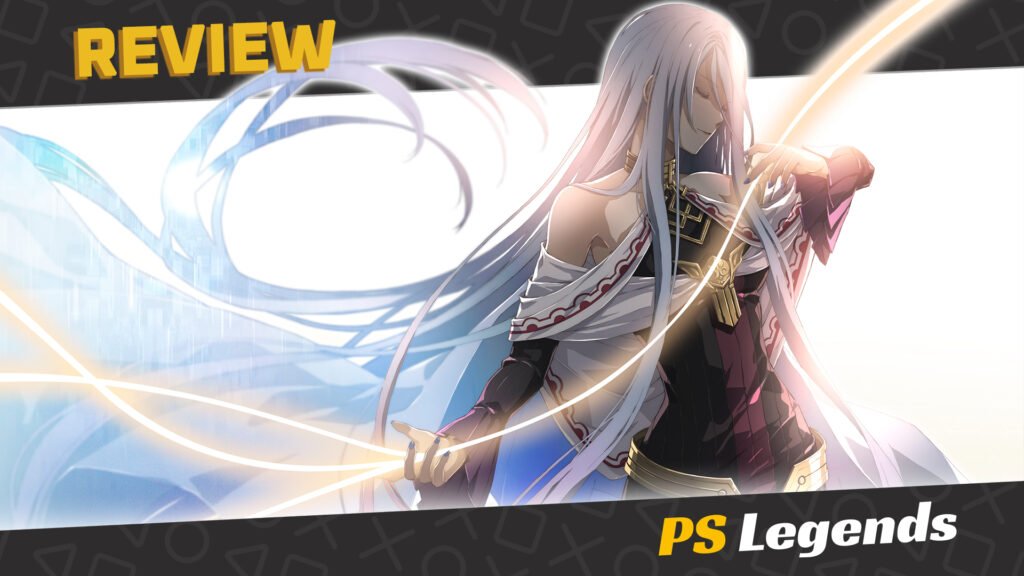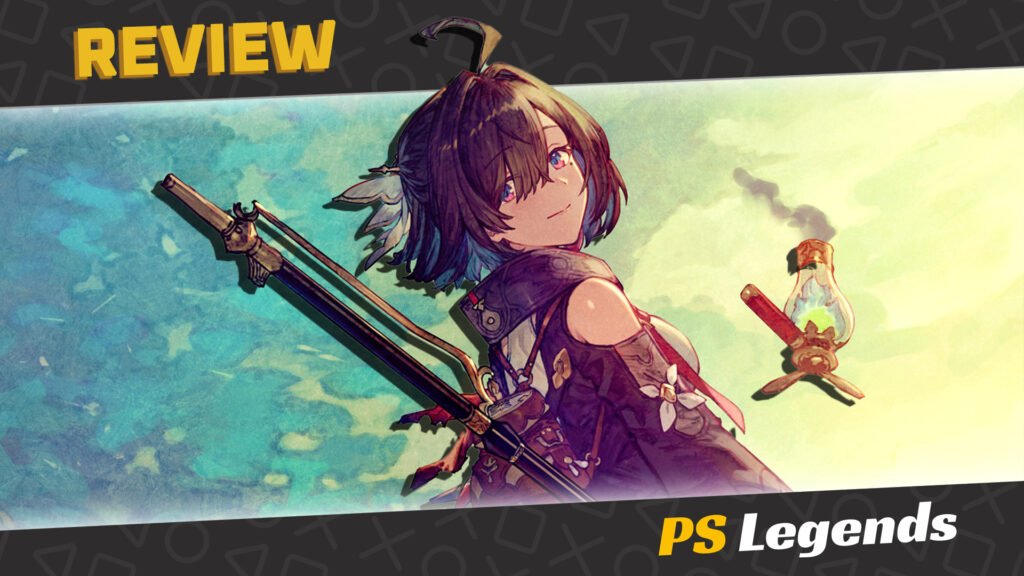“Wait, a Trails into Reverie review, despite there being reviews of Daybreak I and Daybreak II?” is a question I’m sure will be asked. So let us get this out of the way: I have played the Japanese version of Trails into Reverie, which is known as Hajimari no Kiseki in Japan, but never had the chance to try the localized release, especially on the PS5, a console with a lot more power than the PS4. But that, my dear reader, changes today, as that’s what we’ll be having a look today.
*Warning: This review may contain minor spoilers to the Trails series of games. Reader’s discretion is advised, as it is almost impossible to talk about Reverie without light spoilers of the previous games.
Three Converging Paths
Right off the bat, the story can feel quite overwhelming if you’ve not caught up with the series, as you’re bombarded with all these characters, in what I can only describe as a truly frenetic set of action cutscenes. That stands to reason, considering Reverie’s place on the timeline, but needless to say, you should definitely not play this as your first ever Trails game, not by a long shot.
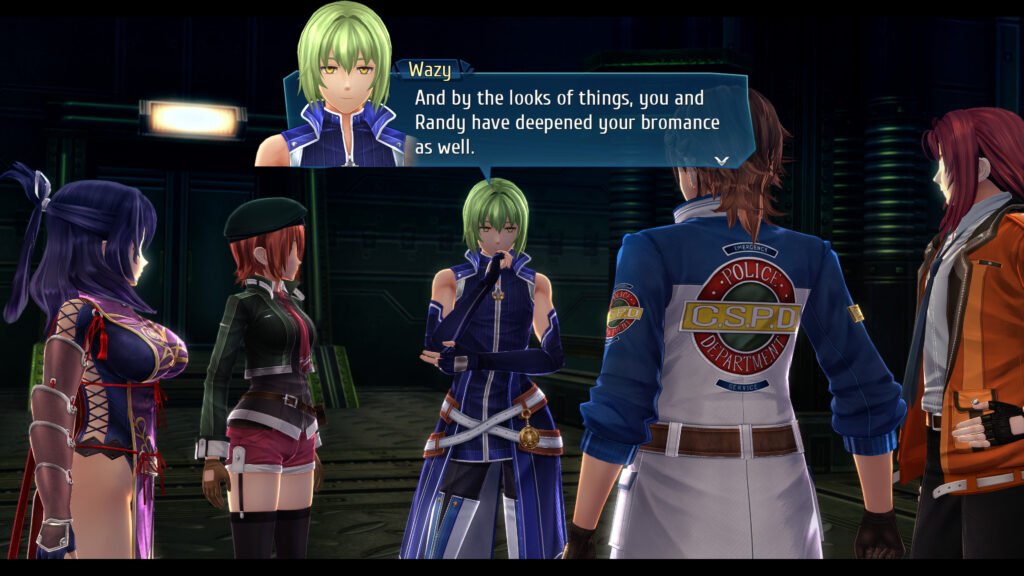
There are not one, not two, but three whole stories that happen in parallel, which the game denotes as routes. You have the Lloyd route, featuring the cast from Trails from Zero and Azure, the Rean route, featuring the folks from Class VII, as seen in Trails from Cold Steel, and finally, you have the C route, which is exclusive to Trails to Reverie.
C’s route contains what I can only describe as the worst kept secret, especially if you’ve been keeping up with Nihon Falcom on social media. Thankfully, it doesn’t take long for you to piece out his identity. Still, his route is so intrinsically connected with the other two, and I was in awe during some segments, especially during Act II and beyond.
At times, the game will prevent you from progressing the story until you have made progress in the other routes, which can be quickly switched by pressing right on the D-Pad. That is an idea that completely hooks the player in going through the many different routes, but keeping up with it can be quite the ordeal sometimes, especially as you constantly shift from different points of view, and sometimes, even watch as they intersect with one another. It’s quite the experience, and one that I expect will be done once again in the upcoming The Legend of Heroes: Trails beyond the Horizon game coming this Fall.
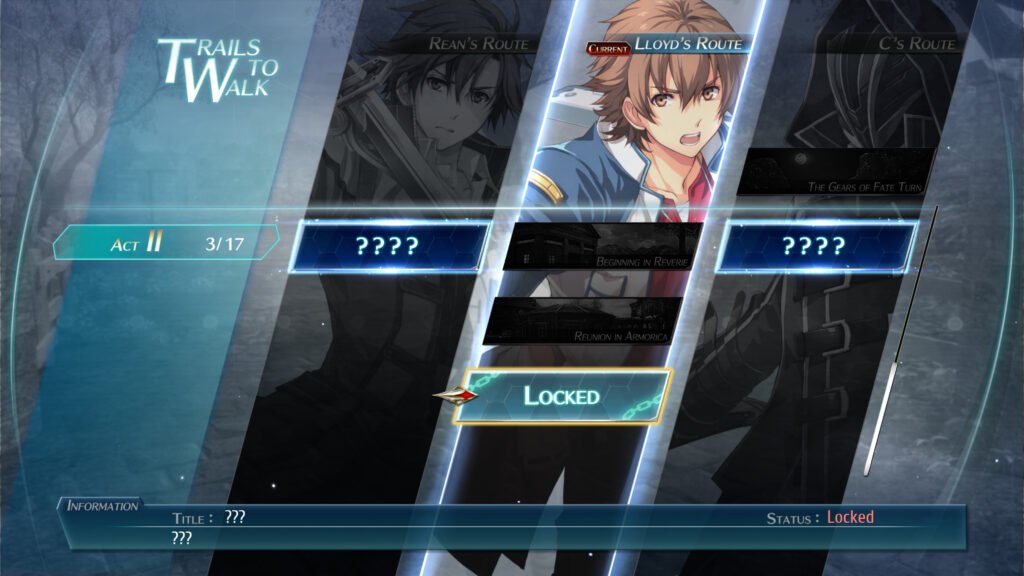
What might come as a surprise is that there are no side quests of any kind. There are various pieces of dialogue that you can potentially miss in a given route, but honestly, I’m fine with this approach, because this allows you to completely focus on the story without that lingering feeling of missing out on something. Furthermore, despite having so many characters, the game never has to completely overwhelm you with a lore bomb, and instead opts for a nice pace that doesn’t collapse onto itself.
A Fully Matured Combat System
Trails into Reverie’s combat system carries on from the system that has matured since the introduction of the one introduced back in the Trails in Cold Steel quadrilogy, and as such, it will feel very familiar if you’re used to the system. You have the usual Arts that are obtained from inserting Quartzes and the S-Crafts. You also have Bravery Points, or BP for short. These allow you to perform an area-wide Rush attack with two characters, a Burst attack on all enemies with four characters, or use a Brave Order to apply special effects on the battlefield for a limited time. Each character has their own unique Order.
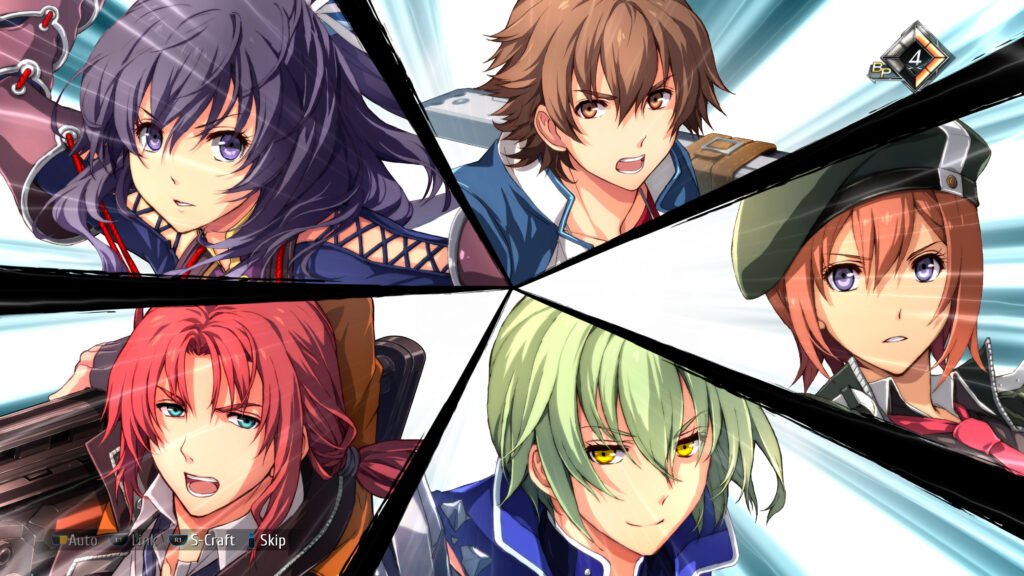
A brand-new addition to the combat system are the United Fronts, which are similar to the Combat Links introduced in Trails to Cold Steel. To trigger a United Front, you must have over 5 characters in your party, with reserve members also counting towards this. Once you do, pressing R2 will give you three options: United Arts, United Attack and United Heal. The first two will deal damage to a large area of enemies, while United Heal is handy as a pick-me-up if you’re dangerously low on HP.
In regards to the game’s difficulty, I’d say it’s just right. It’s not too hard, but also not too easy. Trails into Reverie even introduces a brand-new Abyss difficulty on top of the already very challenging Nightmare that was a staple in the Trails series. However, if you’re someone like me who just wants to enjoy the story without bashing your head trying to min-max your setup, there’s always Very Easy, which makes battles a breeze.
The Dimension Between Dimensions
Upon reaching Act 2 of the main story, you’ll unlock one of the main attractions of the game, and that is the Reverie Corridor, a randomly generated dungeon where all characters come together in order to get stronger against the enemies that are currently plaguing their world. There are special properties though, because no one remembers how they got here or what they were doing. It makes sense from a lore perspective, in my opinion.
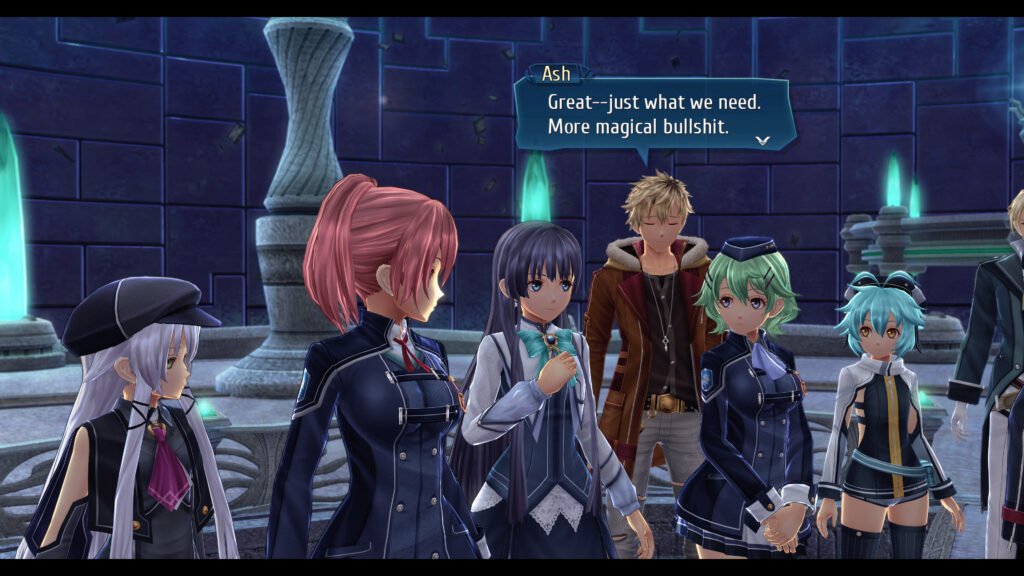
Upon defeating the formidable foes that lie in each of the dungeon floors, you’ll obtain sealing stones, which can then be used at the base area’s Sealing Pedestal, where it will grab those stones and use them to unlock minigames, obtain items, and unlocking Daydreams. You can think of Daydreams as like the doors in Trails in the Sky 3rd, where they’ll give you a glance at a vision from the past, and though they may seem like simple cutscenes, they also contain battles of their own.
The Reverie Corridor is perhaps the best dungeon you can take advantage of when you wish to level up your party. And even though there’s a limit to how many people can be inside at a given time, Falcom did something very clever to address this. Exclusive to the corridor are special Azure Droplets that can be used to quickly get characters some EXP without having to ever use them yourself, which I think is a really nice way to use your favorites while still being able to have other characters catch up with them.
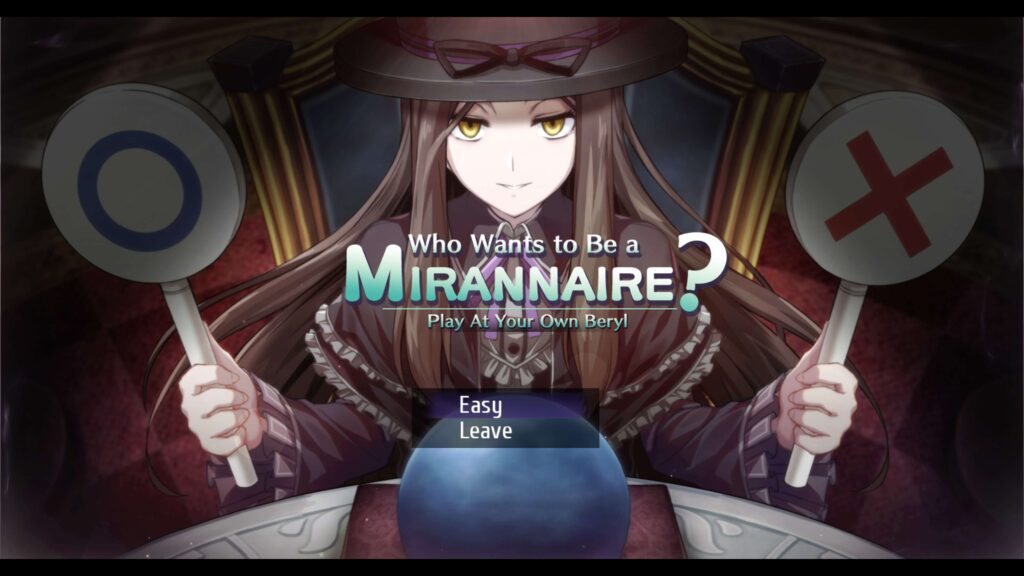
While C’s route initially lacks the ability to access the Reverie Corridor until Act III of the main story, his route isn’t an ugly difficulty spike, especially thanks to his party members’ abilities that are available from the beginning. Overall, the Reverie Corridor adds dozens of hours of content with its minigames, and combined with the main story, you have a truly meaty game in your hands.
Phyre Engine’s Last Hurrah
Trails into Reverie is the final game that was released using Sony’s Phyre Engine, and the PS5 version uses a very impressive compression that makes the game require just shy of 17 GB. This is certainly impressive, especially for just how graphically stunning it is. Though it should be said that it does have its faults.
Possibly the biggest issue I have is the motion blur. Whenever you dash with R1 and turn the camera, there’s this smeary blur that just looks very off. Certain scenes also seem to briefly cause stuttering, so the game doesn’t run at 60 FPS all the time, but these are all very minor gripes I had with the game, and they’re not enough to be a dealbreaker, honestly.
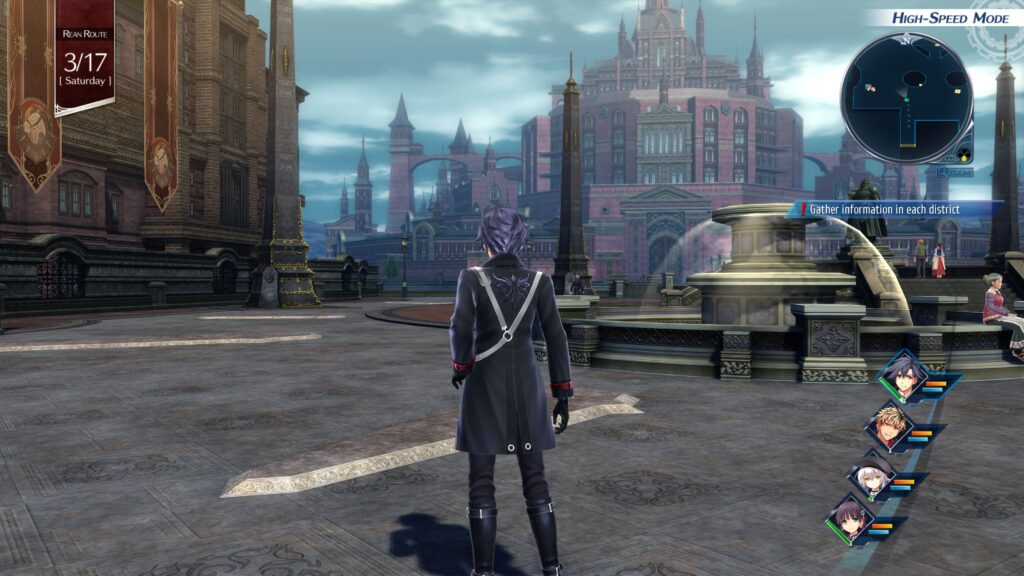
One aspect that surprised me is the voiceover. When I showed a cutscene to a friend with my voice language set to Japanese, she was surprised to see that it wasn’t voiced, and once I swapped to English and replayed that, it was indeed, voiced. There seems to be minor differences on which voice lines they chose to dub in each language, and while that in itself isn’t a big deal, it is…interesting that NIS America chose to voice more than the original Japanese dub.
The End of an Era
As far as games that end a major arc of their narrative, I have yet to play a game that does it as well as Trails into Reverie. Not only does it tie up the Trails of Cold Steel quadrilogy and the Crossbell duologies, but it also provides you with a brand-new story, and all without collapsing into itself. It takes the player into a wild ride, with changing perspectives, and it all culminates into a spicy plot twist at the end.
While I may not be able to recommend this to a first-time player, especially with all the references that are present here, I would still highly recommend that any Trails fan plays through Reverie. Now that the series has caught itself up with Japan, and we’ll be seeing our friends once again come fall of this year when Trails beyond the Horizon releases…provided it doesn’t get delayed, that is.
Joys
- A story that ties everything together nicely
- A easy to grasp combat system
Cons
- Not recommended for new players
- Small graphical issues on PS5
